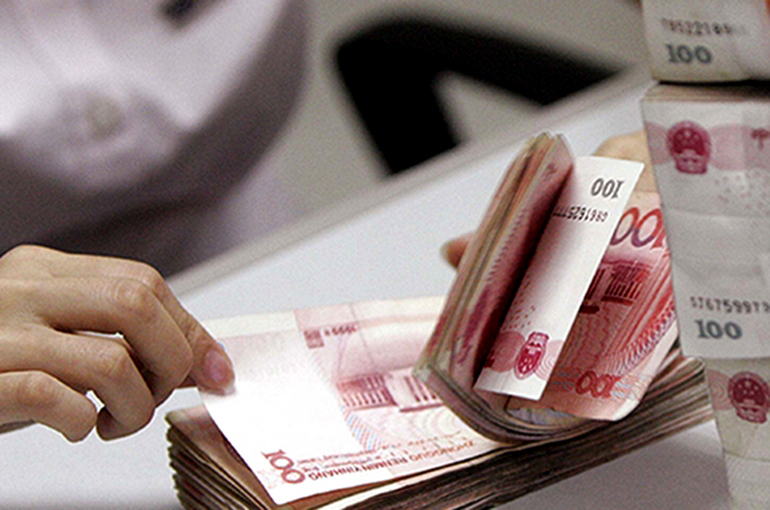 China’s Smaller Banks Slash Deposit Rates Below State Giants to Stay Above Water
China’s Smaller Banks Slash Deposit Rates Below State Giants to Stay Above Water(Yicai) June 17 -- In today’s challenging economic climate, many of China’s small and medium-sized banks can no longer afford to offer interest rates that are higher than the big state-owned lenders, a strategy they used to adopt to attract more deposits. Rather, they are slashing yields to below that of the big banks as they focus on staying afloat.
After the major state-owned banks trimmed deposit rates again on May 20, some smaller banks chose to lower their rates even more, according to an Yicai survey. Over 10 rural commercial banks and rural lenders are now offering deposit rates that are the same as, or even lower than, those at the large state-owned banks.
Rongxing Rural Bank in Beijing, for example, recently dropped its three- and five-year deposit rates to 1.2 percent, less than what the big banks are offering.
This is a deviation from the past when smaller banks would often offer deposit rates that were 0.5 to 1 percentage point higher than the big banks in order to attract more clients.
This narrowing of the rate gap between small and large lenders reflects a fundamental shift in how smaller banks are thinking, a manager at a rural commercial bank in southern China told Yicai.
Smaller lenders used to rely on higher interest rates to pull in deposits. But with lending rates falling, the cost of those higher-yield deposits has become a heavy burden, making the high-interest strategy too expensive to maintain.
“There’s plenty of money floating around in the banking system, but it is becoming harder and harder to lend out,” he added.
As a result, many smaller banks are shifting gears. “They would rather attract fewer deposits to ensure that their existing funds are used more effectively, and at the same time they are keeping a lid on costs. Many banks are no longer focused on growing and are instead focused on surviving.”
This shift away from high-deposit rates will likely increase pressure on small and medium-sized banks, as customers may start withdrawing their money, industry insiders told Yicai. During previous rounds of rate cuts, smaller banks were still able to hold on to deposits because they kept yields relatively high, a veteran banker said.
Although cutting deposit rates can help lenders preserve their profit margins, it could lead to more deposits flowing out of the banking system into other investment channels, said Wang Xianshuang, chief banking analyst at China Merchants Securities.
The outflow of deposits could end up benefiting low-risk investment products like bank wealth management funds, and might also drive down yields on bonds, including government bonds, Ming Ming, chief economist at CITIC Securities, said in a report.
Editors: Tang Shihua, Kim Taylor